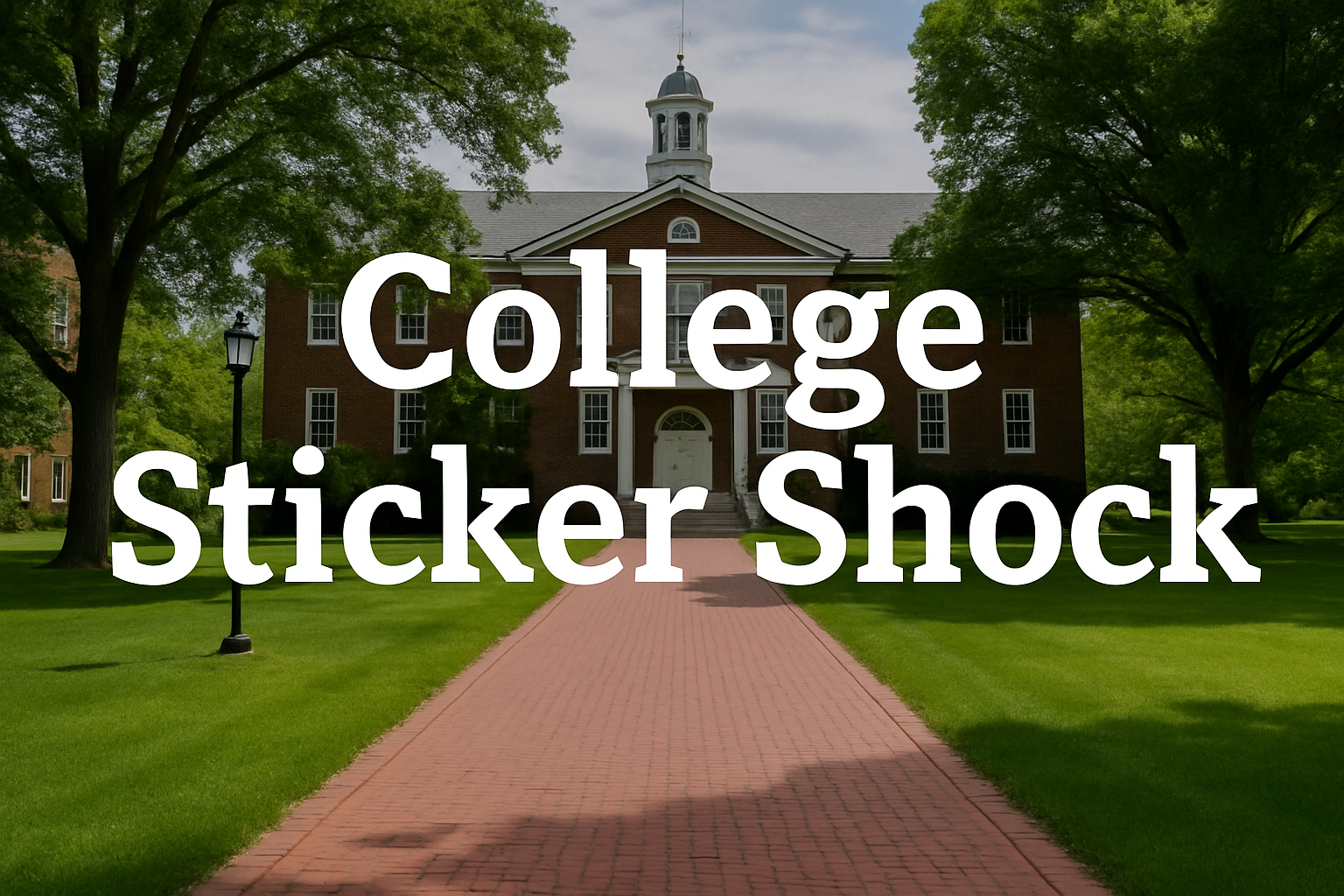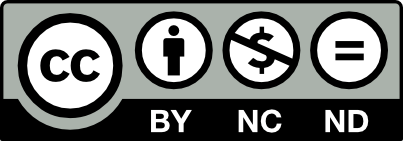This page is licensed under Creative Commons under Attribution 4.0 International. Anyone can share content from this page, with attribution and link to College MatchPoint requested.
When Public Universities Aren’t Cheaper: The Out-of-State Price Shock
Most families think of public universities as the affordable choice. For in-state students, that is usually true. But once you cross state lines, the story changes.
Out-of-state public universities often charge $60,000 to $75,000 a year with little or no merit aid. In many cases, these bills are higher than private colleges that look more expensive on paper but reduce costs through scholarships. Families who do not run the numbers can be caught off guard, paying more for less selective public options than they would for selective private ones.

Why Out-of-State Publics Cost So Much
Public universities are designed to serve their state residents first. In-state students benefit from taxpayer support, which keeps tuition lower. Nonresidents do not, so their tuition is far higher.
The problem is that many flagship universities give little or no merit aid to out-of-state families. That means the full out-of-state total often becomes the bill, while privates with higher sticker prices may end up costing less once scholarships are included.
Public University Price Shock: Real Examples
- University of Michigan (Ann Arbor)
Admit rate: 18%
Average net price: $19,318
Total cost in-state: $34,782
Total cost out-of-state: $75,626
One of the most expensive out-of-state options in the country. Limited merit aid means most nonresidents pay close to full cost. - University of Wisconsin (Madison)
Admit rate: 43%
Average net price: $13,376
Total cost in-state: $28,905
Total cost out-of-state: $58,303
Nonresidents face a steep jump in cost. Merit scholarships are rare. - University of Colorado (Boulder)
Admit rate: 83%
Average net price: $21,836
Total cost in-state: $37,684
Total cost out-of-state: $63,197
Few scholarships for nonresidents, leaving many families with full price. - University of Alabama
Admit rate: 76%
Average net price: $20,592
Total cost in-state: $33,382
Total cost out-of-state: $54,682
An exception among publics: Alabama offers automatic merit scholarships tied to GPA and test scores, which can cut the out-of-state bill dramatically.
How Private Colleges Compare
Private universities often appear more expensive at first glance. But many offer large merit scholarships that reduce the final price, sometimes well below the out-of-state totals at public universities.
- Southern Methodist University (SMU): Total cost $86,090, average net price $45,094. Merit awards of $20,000 or more are common.
- Baylor University: Total cost $74,269, average net price $45,988. Strong merit aid for high achievers.
- University of Miami: Total cost $88,440, average net price $36,467. Significant scholarships for top students.
- Tulane University: Total cost $87,446, average net price $50,263. Merit is competitive, but many families pay less than they would at out-of-state publics.
What This Means for Families
Do not assume public equals affordable.
- In-state publics can be excellent values.
- Out-of-state publics are often the most expensive option on the list, with costs above $60,000 a year and limited aid.
- Private colleges may cost less in practice if your student earns strong merit awards.
How to Use This Insight
- Check both in-state and out-of-state totals. The difference can be $30,000 or more.
- Look closely at merit aid policies. Many flagship publics do not discount for nonresidents.
- Compare to private options. A private college with scholarships can be more affordable than a public university across state lines.
Public universities are not always the cheapest choice. For out-of-state families, flagship campuses can carry the steepest price tags, often higher than selective private universities that award scholarships.
Families who weigh both admit rates and true costs—including out-of-state premiums—avoid the shock of paying more for a public university than for a private one.


